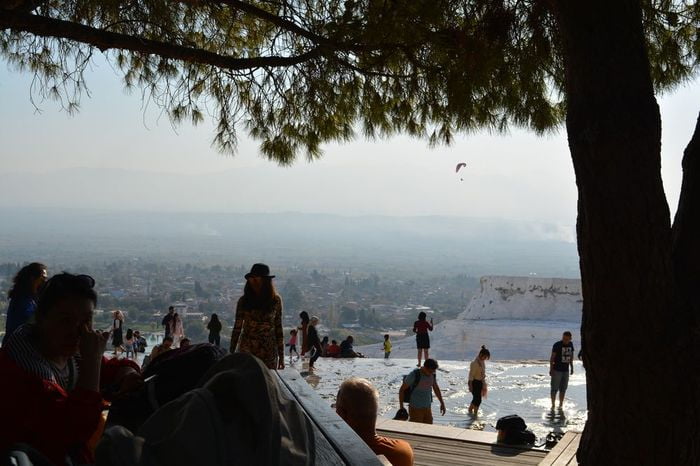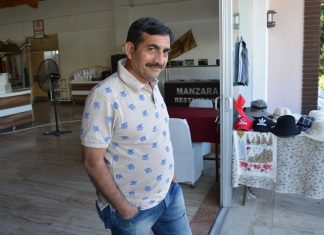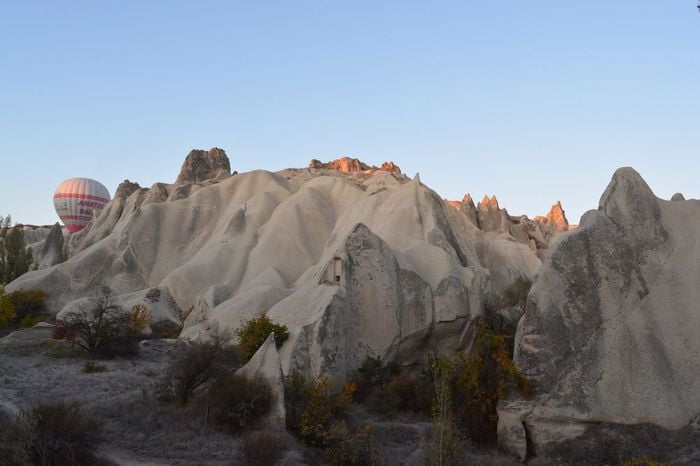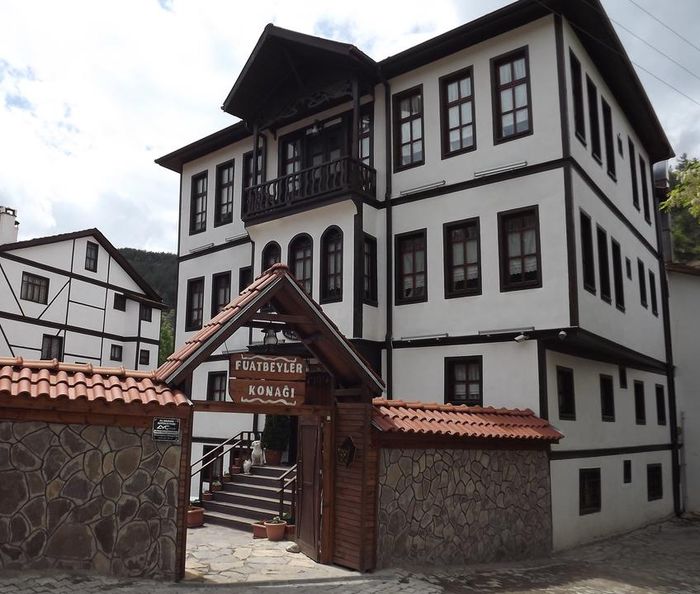But there is a difference not of principle but of practice between East and West, to which we have already alluded. Especially since Iconoclasm, the East dislikes solid statues. Perhaps they are too reminiscent of the old Greek gods. At all events, the Eastern icon (whether Orthodox, Nestorian or Monophysite) is always flat — a painting, mosaic, bas-relief.
Some of the less intelligent Easterns even seem to see a question of principle in this and explain the difference between a holy icon, such as a Christian man should venerate, and a detestable idol, in the simplest and crudest way: “icons are flat, idols are solid.” However, that is a view that has never been suggested by their Church officially, she has never made this a ground of complaint against Latins, but admits it to be (as of course it is) simply a difference of fashion or habit, and she recognizes that we are justified by the Second Council of Nicaea in the honour we pay to our statues just as she is in the far more elaborate reverence she pays to her flat icons.
In the West the exuberant use of statues and pictures during the Middle Ages is well known and may be seen in any cathedral in which Protestant zeal has not destroyed the carving. In the East it is enough to go into any Orthodox Church to see the crowd of holy icons that cover the walls, that gleam right across the church from the iconostasis. And the churches of the Eastern sects that have no iconostasis show as many pictures in other places.
Iconoclast troubles at Constantinople
As specimens of exceedingly beautiful and curious icons painted after the Iconoclast troubles at Constantinople, we may mention the mosaics of the Kahrie-Jami (the old “Monastery in the Country”, Moue tes choras) near the Adrianople gate. The Turks by some accident have spared these mosaics in turning the church into a mosque. They were put up by order of Andronicus II (1282-1328), they cover the whole church within, representing complete cycles of the events of our Lord’s life, images of Him, His mother, and various saints; and still show in the desecrated building an example of the splendid pomp with which the later Byzantine Church carried out the principles of the Second Nicaean Council.
Read More about The Bet part 3








